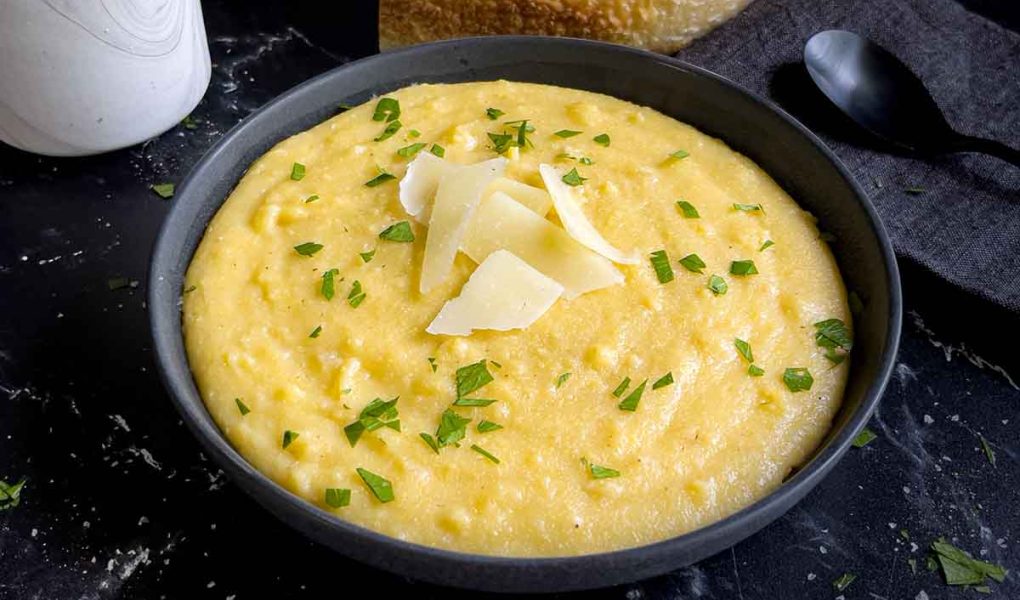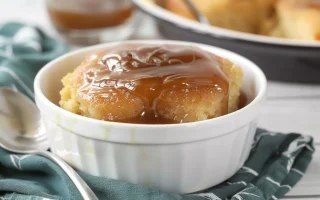lotusyouthcouncil.com – Polenta, a simple yet satisfying dish, has been a staple of Italian cuisine for centuries. Its origins can be traced back to the ancient Romans, who consumed a similar dish made from farro, a type of wheat. As corn became more widely available in Italy during the 16th century, it gradually replaced farro as the primary ingredient for polenta.
The Art of Making Polenta
Making polenta is a relatively simple process, though it requires patience and attention. Coarse cornmeal is slowly cooked in a large pot of salted water, stirring constantly to prevent lumps from forming. As the mixture thickens, it becomes a creamy porridge that can be molded into various shapes.
Traditional Preparations
- Polenta al Ragù: A classic combination of creamy polenta topped with a rich, meaty ragù sauce. The contrast between the smooth polenta and the flavorful sauce is simply irresistible.
- Polenta con Formaggio: A simple yet delicious dish of polenta topped with melted cheese, such as fontina or taleggio. The heat of the polenta melts the cheese, creating a gooey, indulgent treat.
- Polenta Frita: Leftover polenta can be transformed into crispy, golden-brown fritters. These fritters can be served as a side dish or as an appetizer, often accompanied by a dipping sauce.
Modern Interpretations
In recent years, chefs have taken polenta to new heights, incorporating it into innovative dishes. Some modern interpretations include:
- Polenta Cakes: Polenta can be shaped into cakes and baked until golden brown. These cakes can be served with a variety of toppings, such as roasted vegetables, mushrooms, or a drizzle of truffle oil.
- Polenta Chips: Thin slices of polenta can be baked or fried until crispy, creating a delicious and healthy snack.
- Polenta Soufflé: A light and airy soufflé made with polenta, eggs, and cheese. This elegant dish is perfect for a special occasion.
Pairing Polenta with Wine
When pairing polenta with wine, it’s important to consider the sauce or toppings. A rich, meaty ragù pairs well with a full-bodied red wine, such as a Barolo or a Chianti Classico. A lighter, cheese-based dish can be complemented by a crisp white wine, such as a Gavi or a Soave.
A Versatile Dish for All Seasons
Polenta’s versatility makes it a dish that can be enjoyed year-round. Whether you prefer it creamy and comforting or crispy and savory, polenta is sure to satisfy. So, the next time you’re looking for a hearty and delicious meal, consider giving polenta a try.




